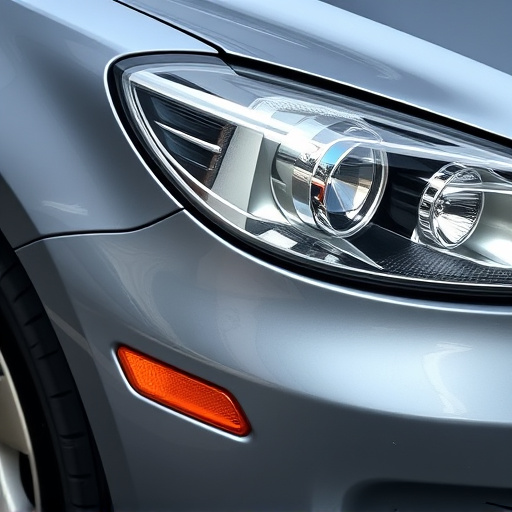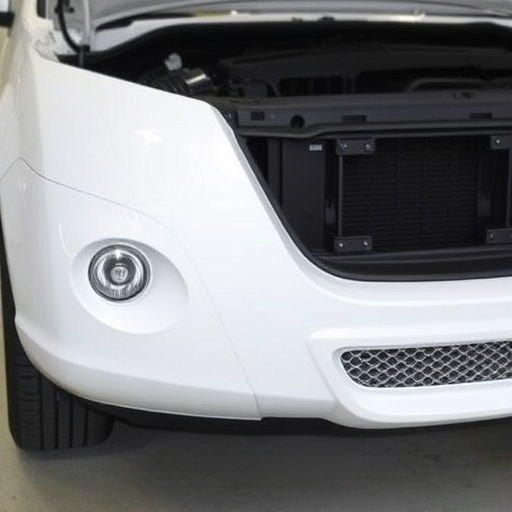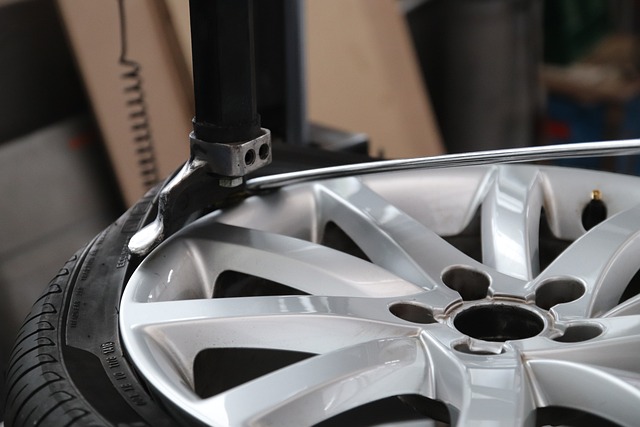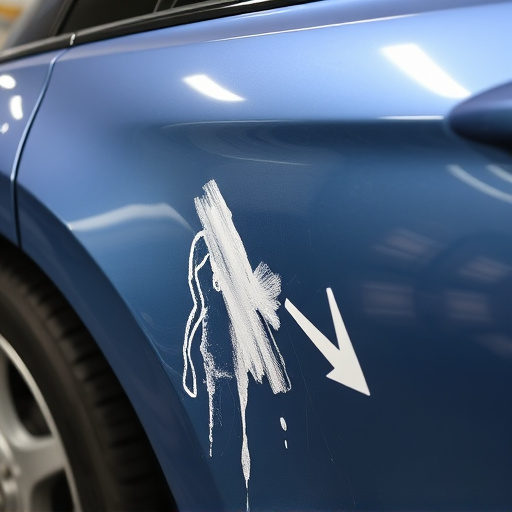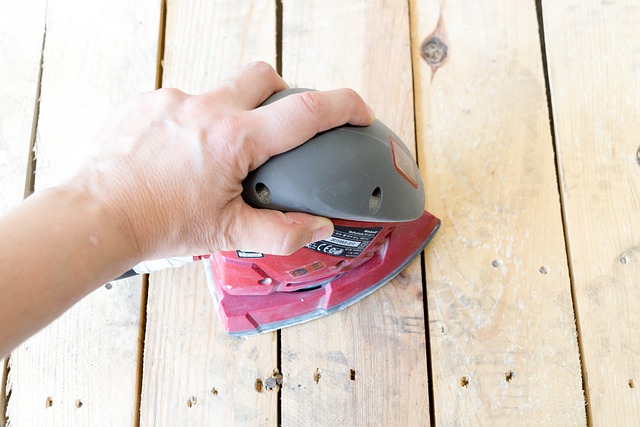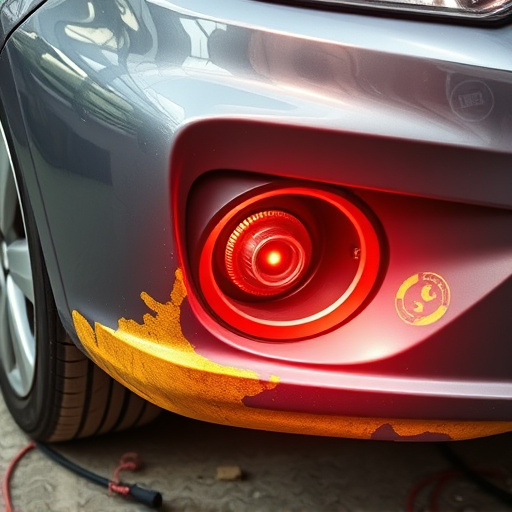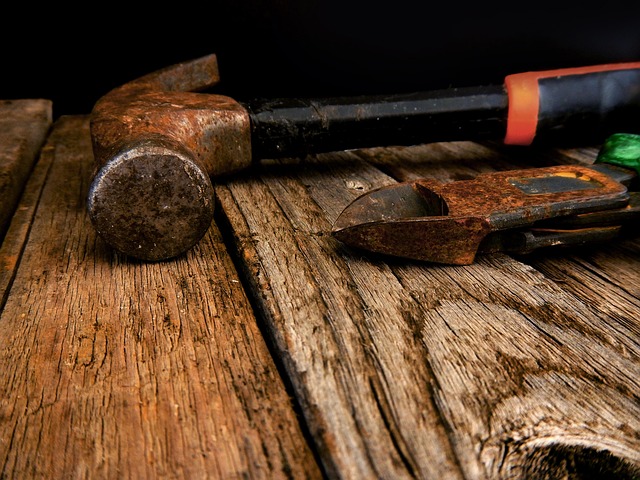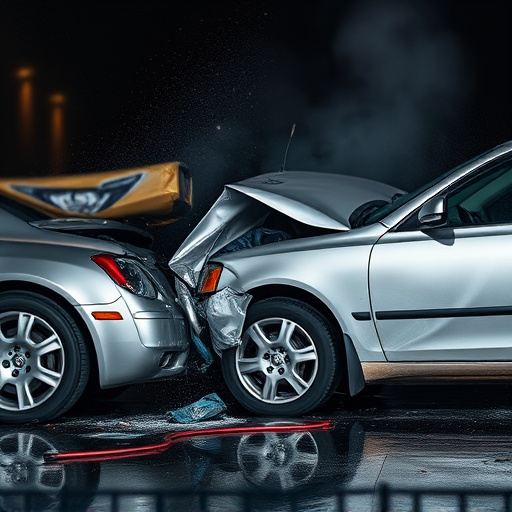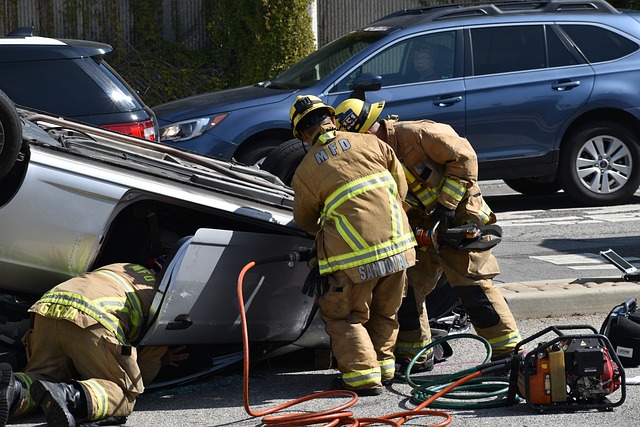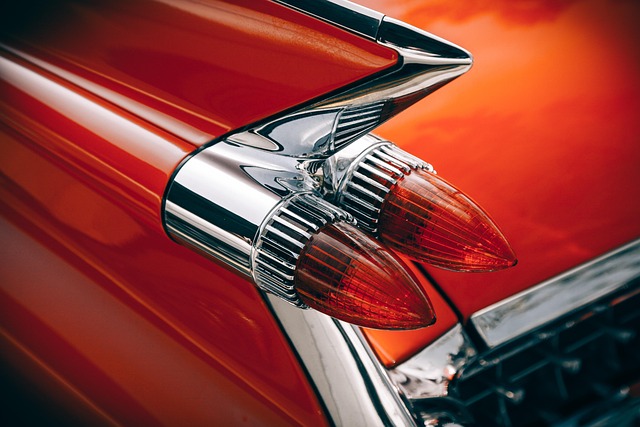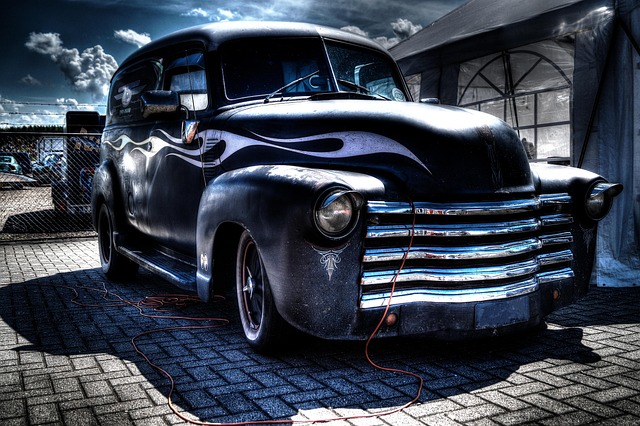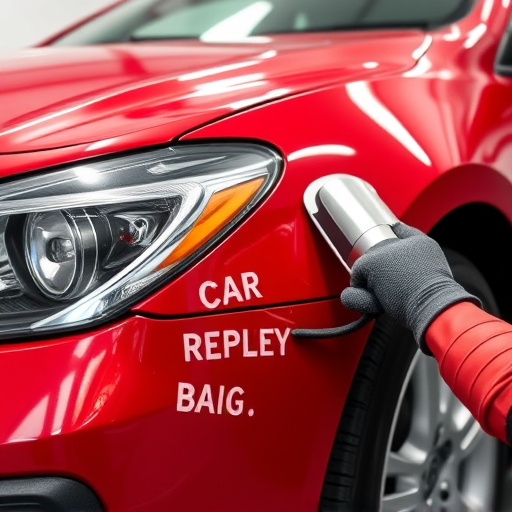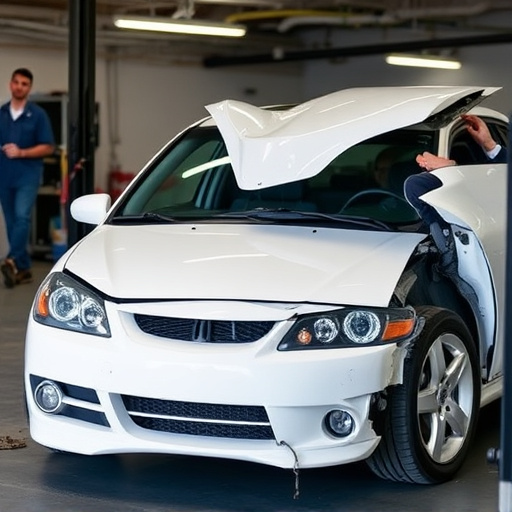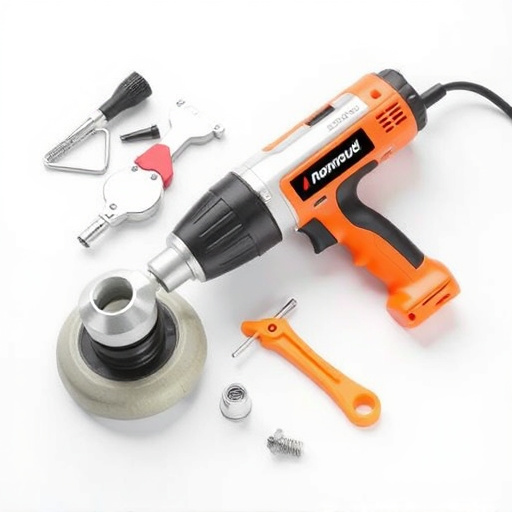Computerized Frame Measurement (CFM) revolutionizes car body repair, providing precise scans and detailed reports for accurate damage assessment. Compared to manual methods, CFM enhances efficiency, identifies hidden issues, and ensures safer repairs, especially in complex cases. Although costly and requiring specialized training, human expertise remains vital alongside CFM for informed decisions and top-quality vehicle restoration.
After accidents, assessing vehicle damage accurately is crucial. This is where computerized frame measurement technology steps in as a reliable solution. This article explores when to rely on this innovative system, comparing it with traditional methods. We’ll delve into the benefits and limitations of computerized frame measurement, helping you understand its role in ensuring precise assessments and effective repairs.
- Understanding Computerized Frame Measurement Technology
- When Traditional Methods Fall Short After Accidents
- Benefits and Limitations: Weighing the Options
Understanding Computerized Frame Measurement Technology
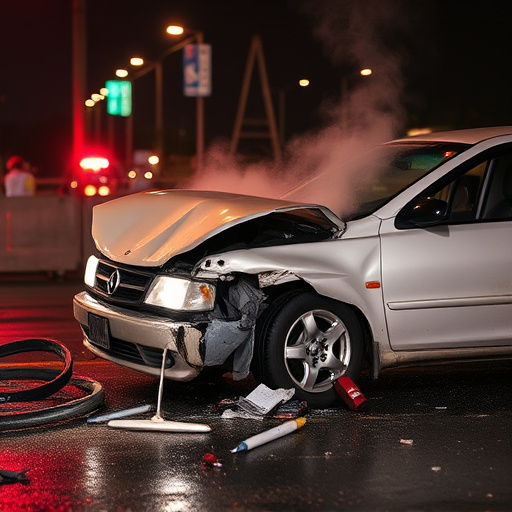
Computerized frame measurement technology has revolutionized the way car body shops and luxury vehicle repair centers assess damage, particularly after accidents. This advanced system utilizes specialized equipment to accurately determine the structural integrity of a vehicle’s frame, offering an alternative to traditional manual measurements. By employing sensors and sophisticated software, computerized frame measurement tools can swiftly scan the entire frame for any misalignments or deformities, providing a comprehensive digital report.
This technology is particularly beneficial in complex cases, such as Mercedes-Benz repair, where precision is paramount. Unlike manual methods, which may be subjective and time-consuming, computerized systems deliver consistent and reliable data, ensuring that every angle and dimension is accurately captured. This not only streamlines the repair process but also enhances safety by minimizing the risk of missed damage, particularly in hard-to-reach areas.
When Traditional Methods Fall Short After Accidents
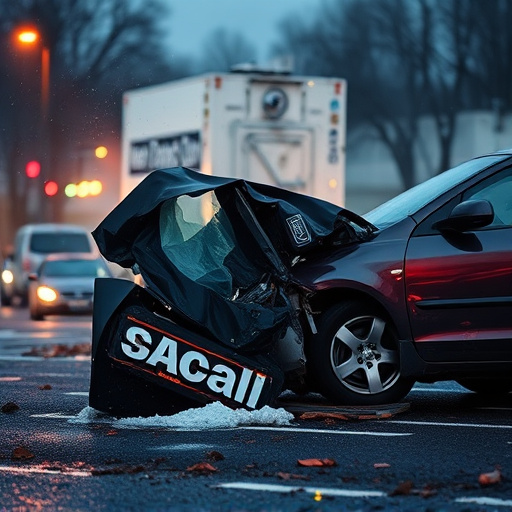
In many cases following accidents, traditional methods of frame measurement may fall short. Manual inspections and basic tools often struggle to accurately assess complex vehicle damage, especially in modern cars with intricate design elements and advanced safety features. This is where computerized frame measurement steps in as a reliable solution.
Computerized systems offer precise measurements and detailed reports, enabling efficient identification of structural integrity issues. Unlike manual methods, these technologies can account for subtle misalignments, hidden damage, and the complex interactions between various car components. When it comes to tasks like hail damage repair or automotive repair after significant collisions, relying on computerized frame measurement ensures that no latent problems go unnoticed, ultimately contributing to safer and more effective car body repair.
Benefits and Limitations: Weighing the Options
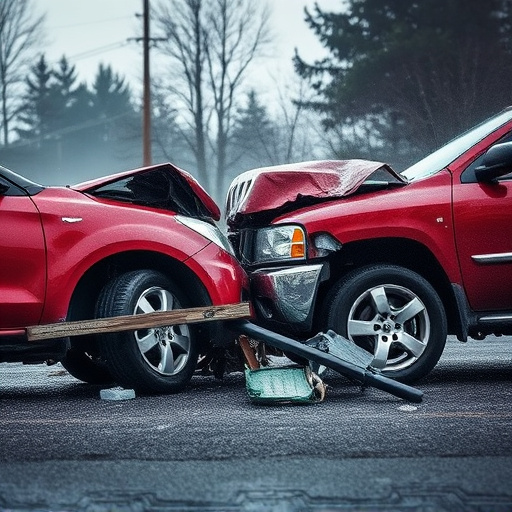
Computerized frame measurement offers several advantages when it comes to post-accident vehicle assessment and repair. It provides precise data and detailed images, enabling collision repair centers to accurately identify damage and plan repairs efficiently. This technology ensures that every aspect of a vehicle’s frame is meticulously analyzed, reducing human error and potential costly mistakes during the restoration process. For example, in complex cases where vehicles have suffered significant impact, these systems can detect subtle misalignments or hidden damage, ensuring comprehensive vehicle paint repair and precise car bodywork services.
However, despite its benefits, there are limitations to consider. The initial cost of investing in computerized frame measurement equipment can be substantial for smaller collision repair centers. Additionally, these systems heavily rely on specialized training to operate and interpret the data accurately. They may not always account for unique vehicle designs or rare damage patterns that require expertise and experience to assess. Therefore, while it’s a powerful tool, human judgment remains vital in conjunction with computerized frame measurement to make informed decisions regarding collision repair center operations and ensuring top-quality vehicle restoration services.
Computerized frame measurement technology offers a sophisticated solution for assessing vehicle damage after accidents, especially in cases where traditional methods struggle. While it provides numerous benefits, such as increased speed and accuracy, understanding its limitations is crucial. By considering both the strengths and weaknesses of computerized frame measurement, professionals can make informed decisions on when to rely on this innovative tool, ensuring efficient and reliable post-accident assessments.
